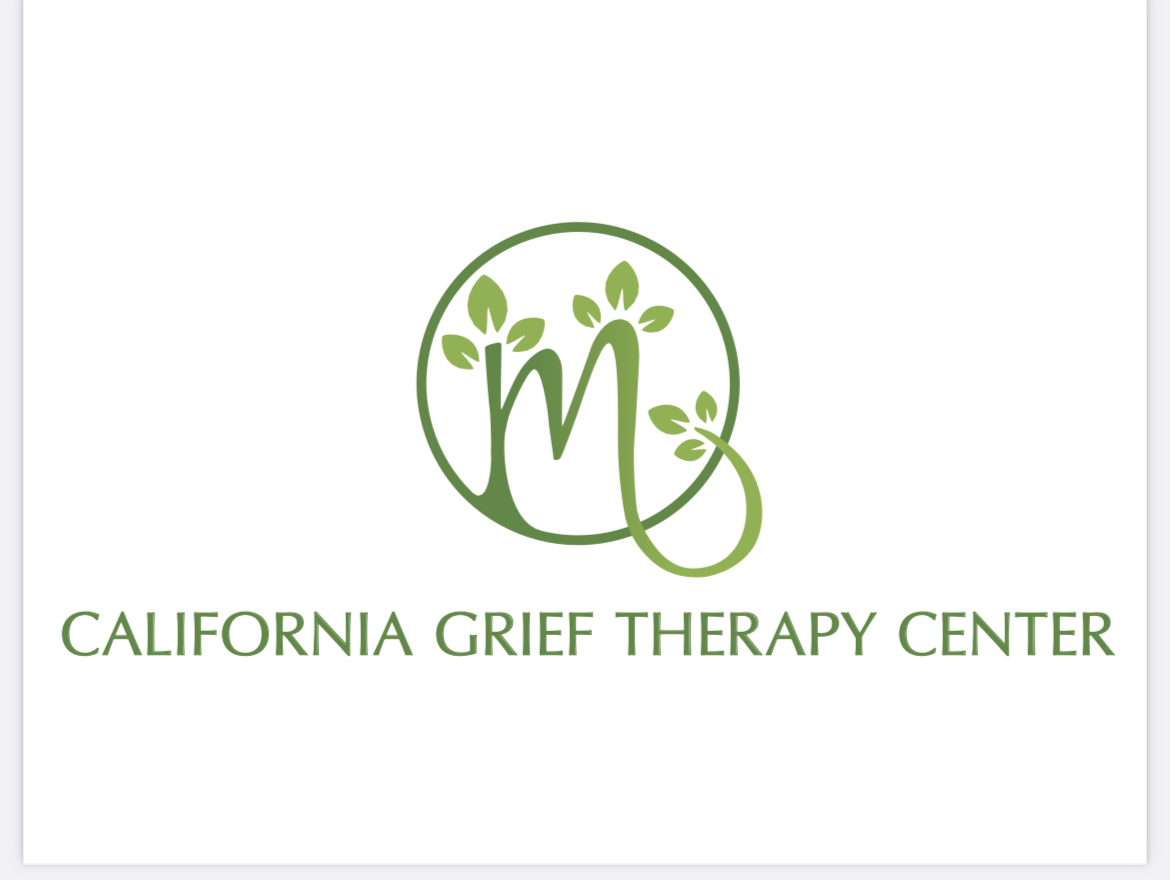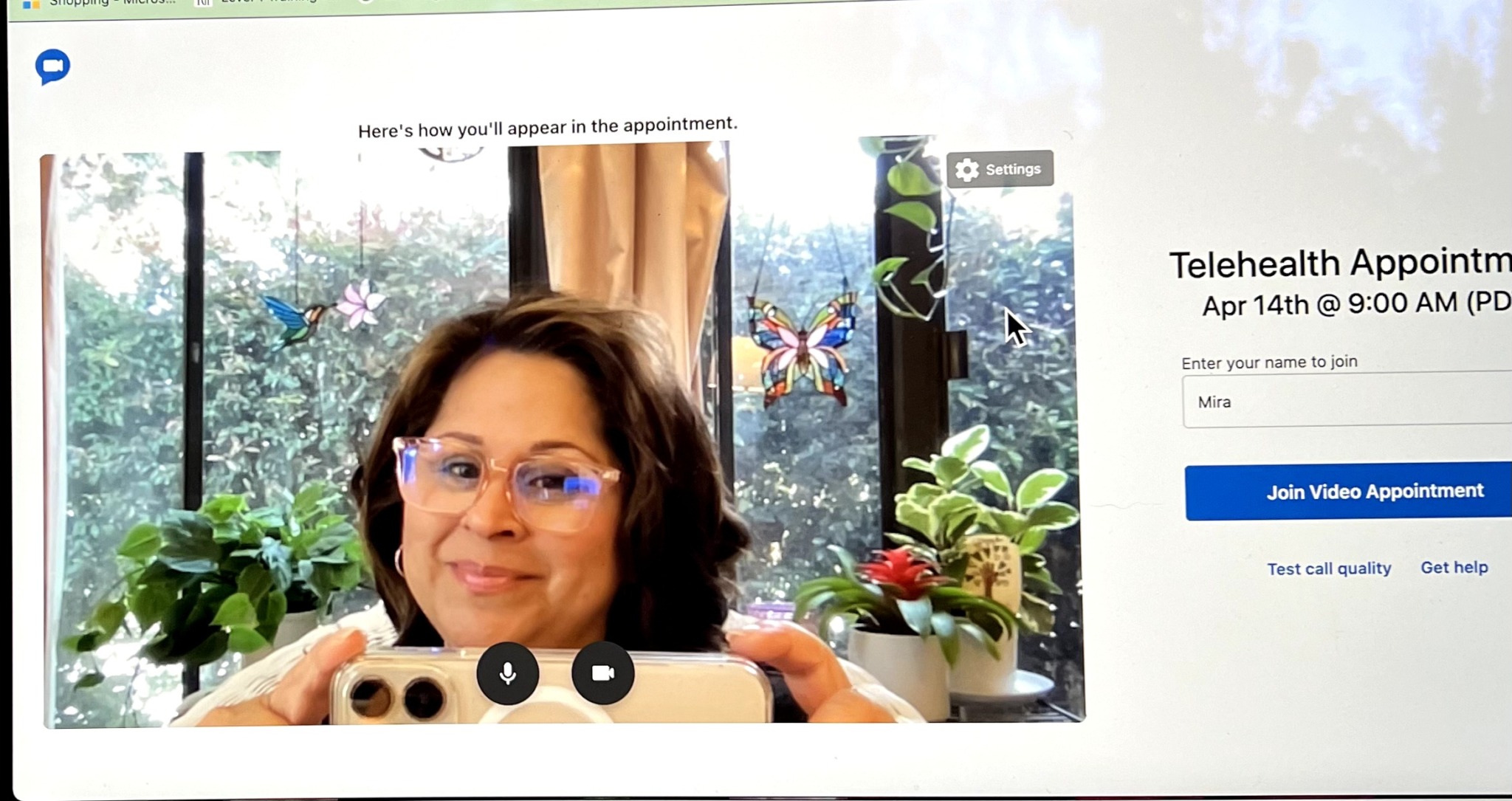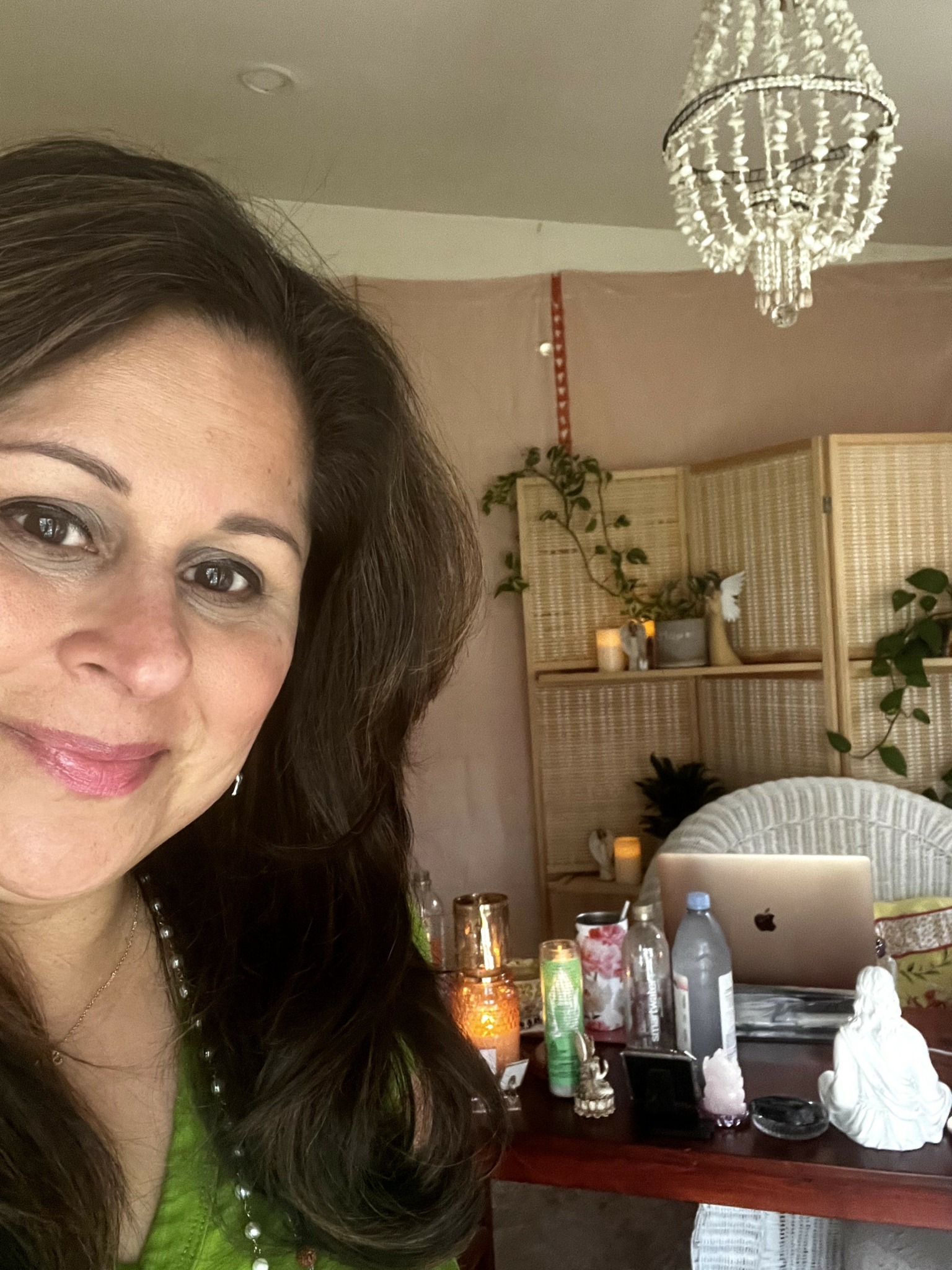Alright – so today we’ve got the honor of introducing you to Mira Masukawa. We think you’ll enjoy our conversation, we’ve shared it below.
Alright, Mira thanks for taking the time to share your stories and insights with us today. Is there a heartwarming story from your career that you look back on?
There was a time when I was working at a hospice, working there to get my license, collecting hours, and there was a woman who would come and sit with her mother off and on for several days. One day, she was with her mother, and I was sitting in the back of the room because I didn’t want to be in the story, just supporting the story. It was then that her mother took her last breath. The daughter cried and put her head on her mother’s chest. A few minutes later, she turned to me and said, I know I can’t take her with me, but I don’t know how to leave her behind. It was that moment I realized how much love was in the emotion of grief, and knew that I wanted to be a grief counselor from that moment on. I’ve seen the love in people’s stories when they’re grieving. People often ask me, How can you listen to these sad stories all day long, but I always think that I’m surrounded by love stories, at least for the most part. So that moment was really pivotal in deciding what type of therapist I wanted to be.

Mira, before we move on to more of these sorts of questions, can you take some time to bring our readers up to speed on you and what you do?
One of the things I’m most proud of is my nonprofit, California Grief Therapy Center. It’s a place where we do something truly special. While I also run a for-profit practice called San Diego Grief Counseling, the nonprofit has a unique purpose. At California Grief Therapy Center, I supervise graduate students who are working toward their master’s degrees at the same university where I’m pursuing my doctorate.
These students provide low-cost or free therapy to people in need, allowing them to gain experience while also giving back to the community. On average, we serve about 15 to 20 clients with two students. It’s incredibly rewarding to watch these students grow into amazing therapists.
I witness firsthand how they build their confidence, learn to connect with clients, and develop their therapeutic skills. It’s not just about helping them earn their hours—it’s about making therapy accessible to those who might not otherwise be able to afford it.
Seeing the impact they make on people’s lives – from offering comfort to someone who’s grieving to helping someone navigate a difficult transition – reminds me why I started this nonprofit in the first place. It’s all about creating a space where everyone can receive the support they need while also fostering a community of learning, compassion, and growth.

How’d you build such a strong reputation within your market?
It’s actually a funny story. When I was an associate marriage and family therapist, I started joining some Facebook groups, trying to connect with other therapists in my area. One of the groups was local, and the admin announced she was going to shut it down. I remember thinking, “Oh no! I just became a therapist, and now this great resource is going away!”
In her post, she mentioned that she had asked before if anyone wanted to take over the group, and this was the last time she was asking. I didn’t really know what I was doing, but I said yes. I just wanted to keep the group going. So, she handed it over to me, just like that.
I had no idea what a gift that was at the time. Taking over that group opened up many opportunities to connect with my local therapy community. Over time, the group grew to over 2,000 members. It’s become a really supportive, kind space where people share resources, ask for advice, and lift each other up.
Looking back, it was such a blessing. That one decision – saying yes without really knowing what I was getting into – ended up being one of the best things I could have done. I’m really proud of how the group has become such a positive, welcoming place for therapists to connect and support one another.

Do you have any insights you can share related to maintaining high team morale?
When it comes to managing the team, I prefer a collaborative approach. Yes, I’m the supervisor signing off on the students’ hours, but they’re not just trainees – they’re incredible people with unique perspectives and strengths. A collaborative approach not only fosters a sense of connection but also creates a family-like atmosphere where we all feel safe, supported, and able to trust each other.
It opens the door for conversations about different therapeutic approaches, questions, and consultations. We learn from one another, sharing insights and experiences. Honestly, I feel like I learn as much from them as they hopefully learn from me.
This style is gentle and supportive but still provides clear direction. It’s been really effective for the team, helping us grow both individually and as a group. It’s a way to keep the work environment warm and welcoming while still maintaining structure and focus.
Contact Info:
- Website: www.CaliforniaGriefTherapyCenter.org www.SanDiegoGriefCounseling.com
- Instagram: Mira Masukawa
- Linkedin: Mira Masukawa



